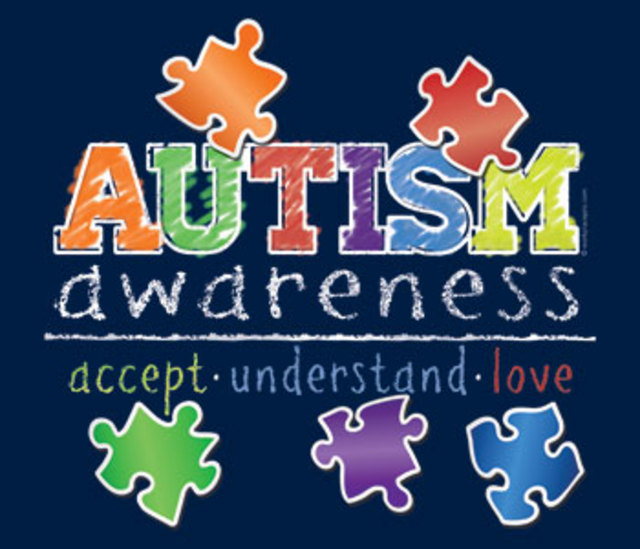The brains of children with autism spectrum disorders generate more information at rest - on average, 42 % more - according to a paper published December 24 in Frontiers of Neuroinformatics (bit.ly/information-at-rest). The study offers a scientific explanation for ASD's most typical characteristic:withdrawal into one's own inner world. This excess information production my help explain a child's detachment from the environment.
"Our results suggest that autistic children are not interested in social interactions because their brains generate more information at rest, which we interpret as more introspection in line with early descriptions of the disorder," said Roberto Fernandez Galan, senior author and associate professor on neurosciences at Case Western Reserve School of Medicine.
The authors quantified information an applied it to brain activity recorded with magnetoencephalography. They collected and analyzed MEG date from nine boys with ASD (ages 7-16) and 10 age-matched, typically developing children (six males and four females, ages 6-14). The brains of participants with ASD generated an average of 42% more information at rest than those of the children in the control group. This finding may explain their lack of interest in external stimuli, including interactions with other people. (The ASHA Leader, April 2014, page 18, retrieved April 2, 2014)
